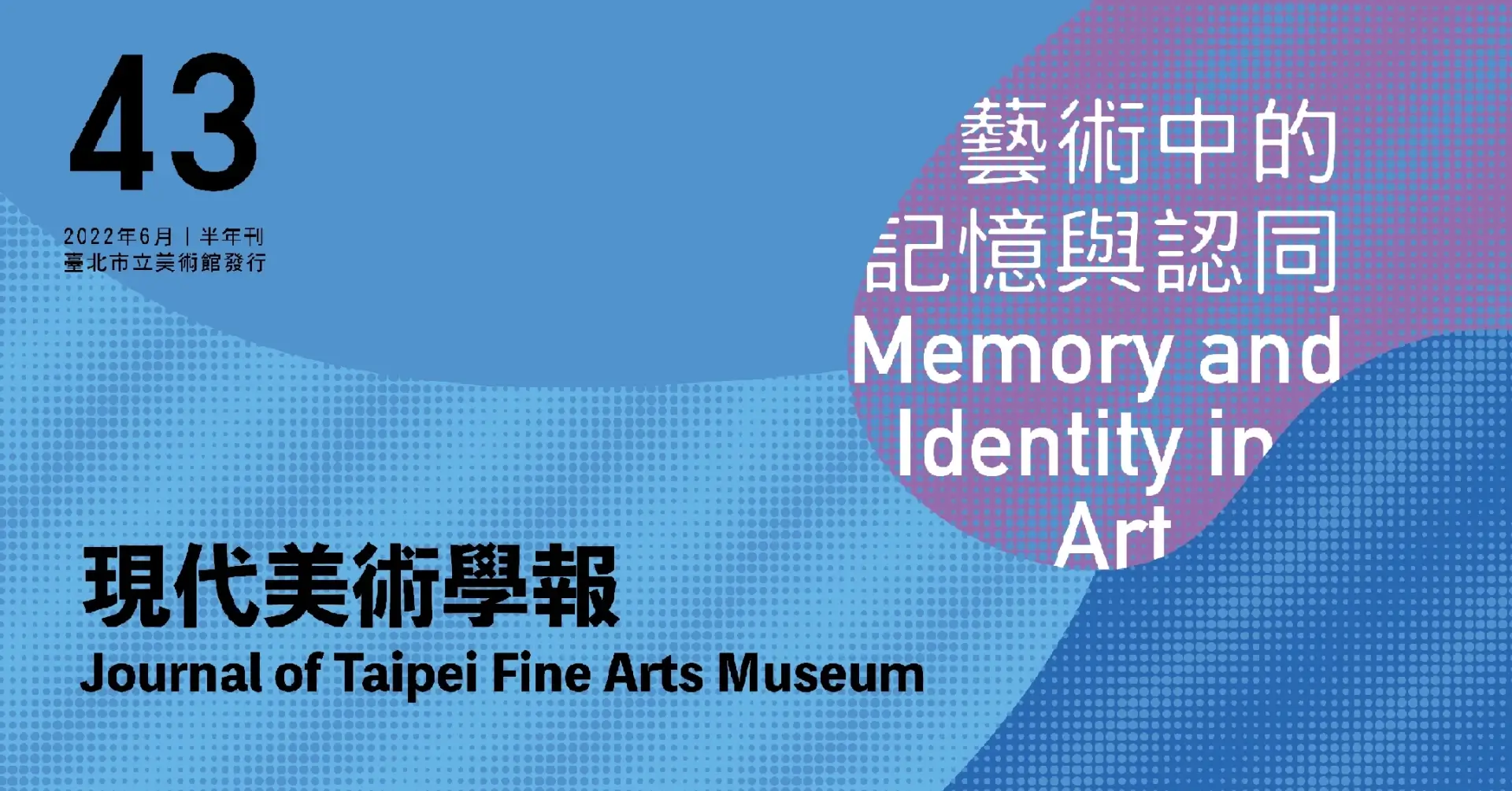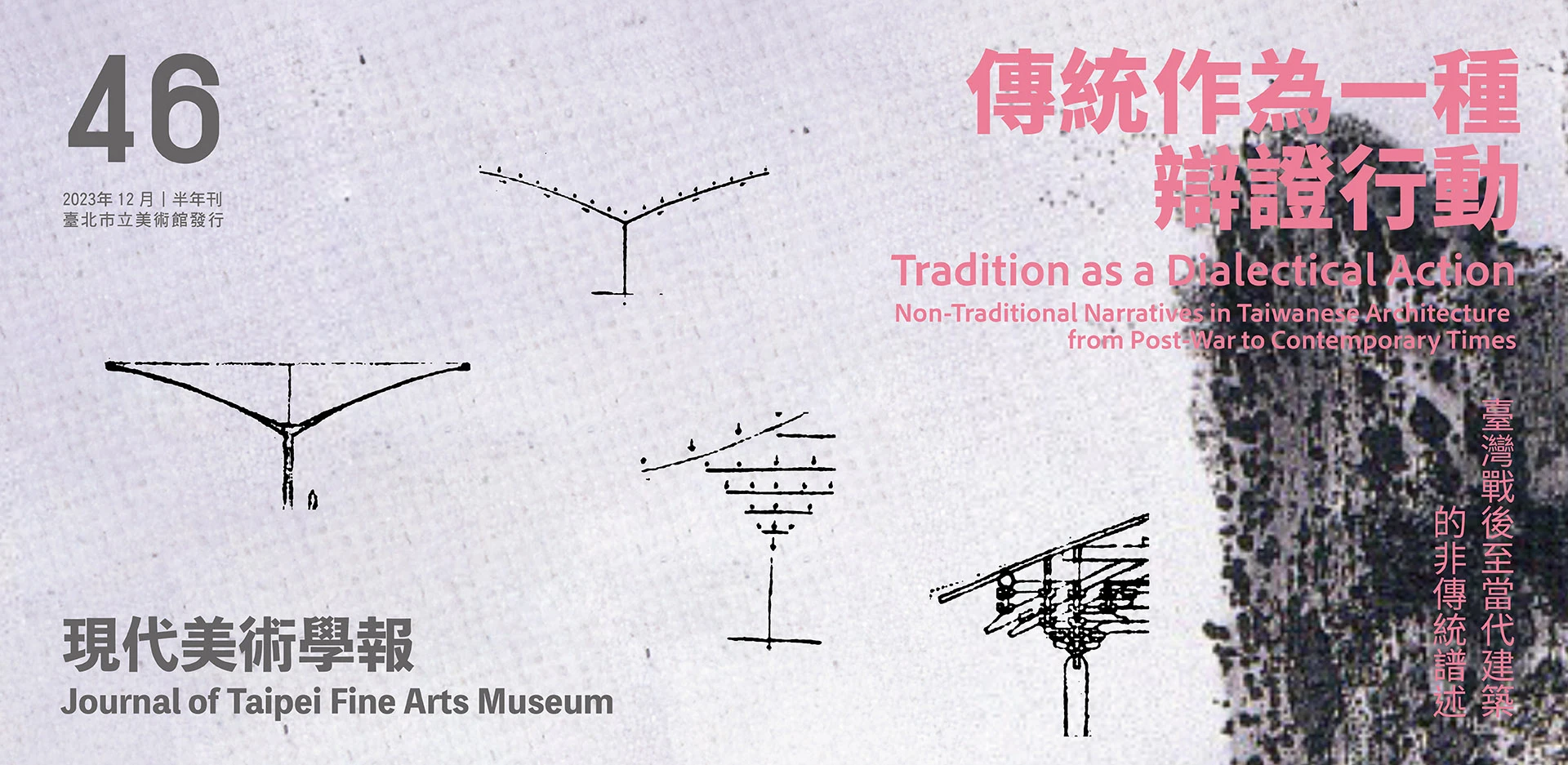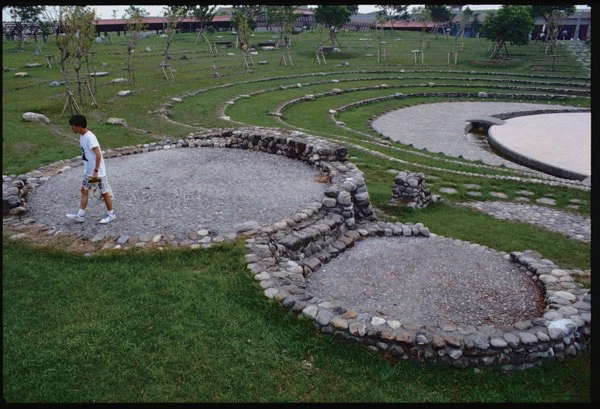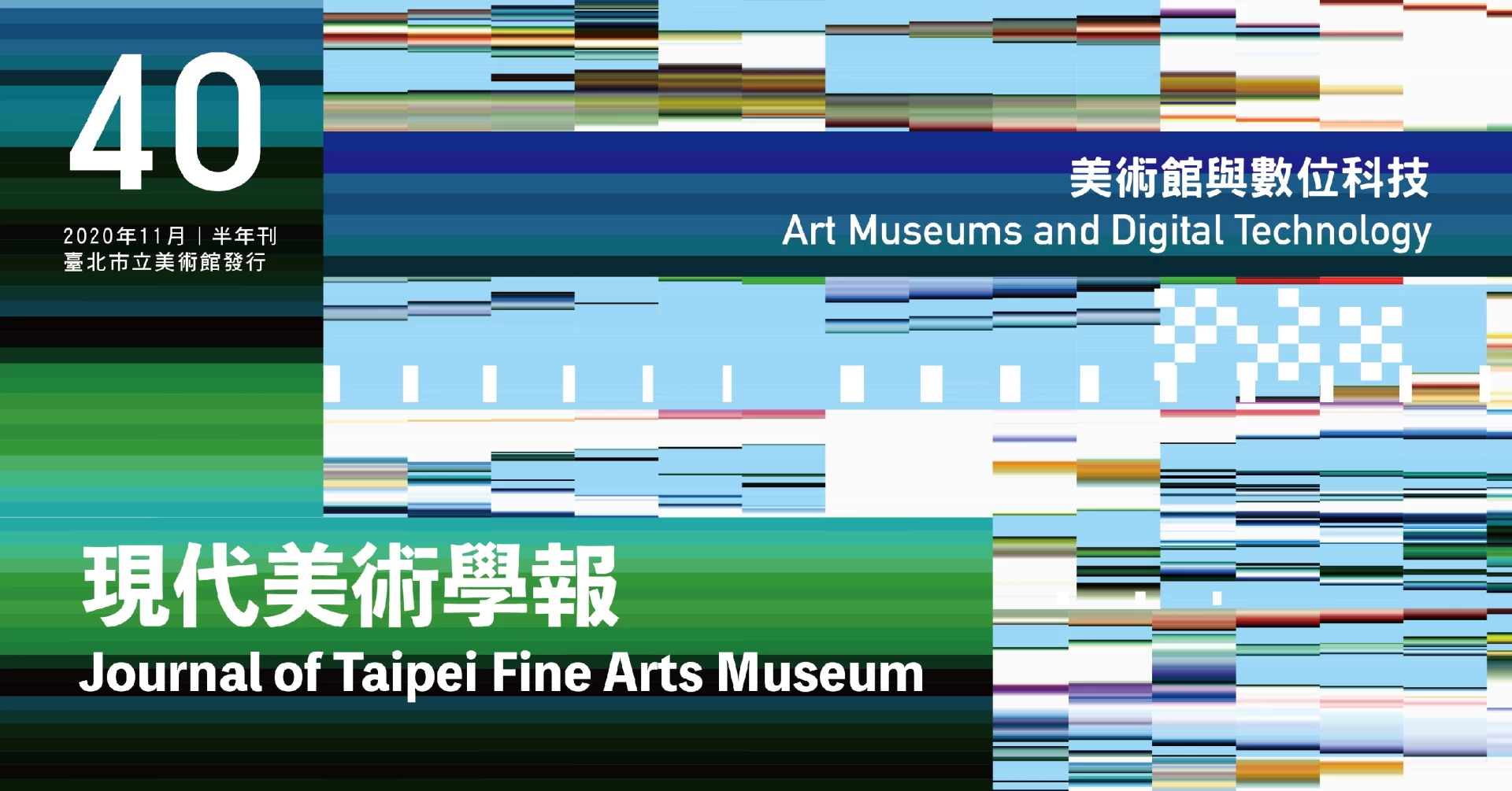摘要
教師的個性特質(personality)被視為影響教學的重要變項(Getzels & Jackson, 1963)。「教師態度」多年來一直是教育領域中廣受關注的研究主題,許多文獻亦針對教育中各領域的教師態度研究進行檢視與分析(Powell & Beard, 1986; Donaldson, 1980; Towner, 1984),然而有關美術教育中態度研究的相關分析卻有如鳳毛麟角。有鑑於此,本文即以 1965 至 1997 年北美地區美術教育領域中的教師態度研究方法為範圍,首先討論教師態度研究的方法運用以及研究法議題;其次探索有關態度測量的方法策略以及相關問題。
全文共分四部分,第一部分敘述美術教育領域缺乏教師態度研究的現象;第二部分探討美術教育領域中有關教師態度研究的測量方法與內涵,並說明有關質量研究和調查研究等方法學上的概念;第三部分則進一步分析教師態度研究中方法運用的重要策略:三角交叉檢測;第四部分則指出美術教育領域中教師態度研究普遍存在的嚴重問題:「態度」概念的模糊不清。本文最後則根據分析所得,針對美術教育中的教師態度研究提出省思與建議。
關鍵詞
美術教育、美術館教育、教師態度、態度測量、態度研究
Abstract
The personality of the teacher is a significant variable in the classroom (Getzels & Jackson, 1963). Teacher attitude has been a subject of study and interest for many years in education. However, although there are some reviews which provide an overview of teacher attitude research in other fields of education (Powell & Beard, 1986; Donaldson, 1980; Towner, 1984), there is no review or analysis focusing on teacher attitude research in art education. This paper is an attempt to, not only examine methods used, but also discuss some important methodological concepts and problems by analyzing the existing teacher attitude studies in art education from 1965 to 1997 in North American.
This paper explores teacher attitude measurement in art education in four parts. The first two parts will discuss the research methods used in teacher attitude studies and clarify some important methodological concepts; the latter two parts explore methodology strategy and problems regarding attitude measurement. Part one points out that existing attitude studies in art education is scarce, and then introduce the contents of these studies and the researchers. Part two explores the nature of the measurement methods used in these attitude studies, and clarify some important methodological concepts regarding qaulitative-quantitative and survey issues. In part three, triangulation, an important strategy to eliminate measurement bias and errors, is deliberated by analyzing the studies. Part four indicates a fundamental and serious flaw that exists in most teacher attitude studies in art education: the lack of a clear identification of the attitudinal concept. Finally, based on the analysis of the four parts, some important implications are presented.
Keywords
Art Education, Art Museum Education, Teacher Attitude, Attitude Measurement, Attitude Study





